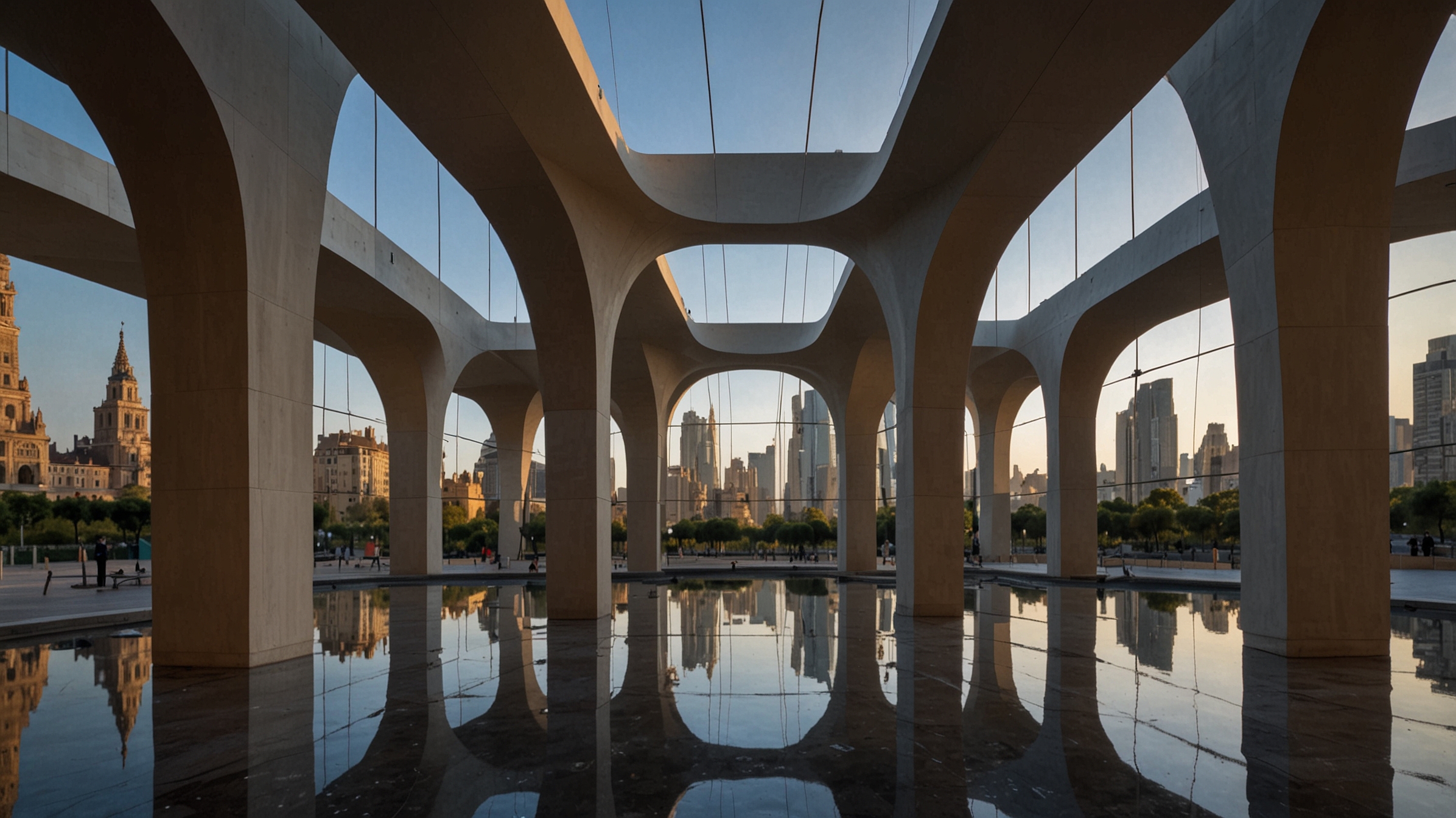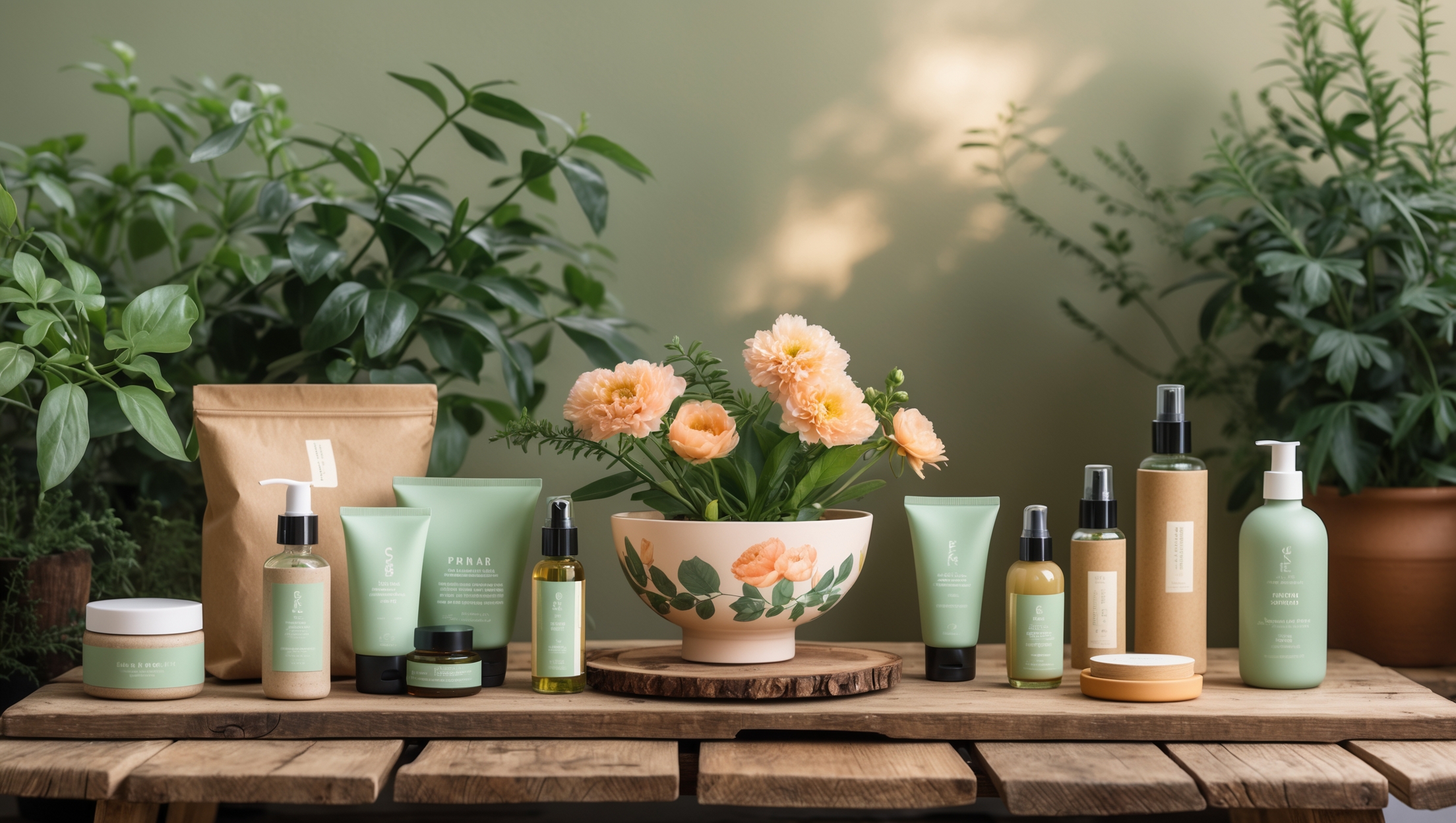The days of gasoline dominating our roadways may be numbered. As the world confronts the environmental and economic challenges of fossil fuels, the search for greener, more sustainable alternatives has become a driving force in automotive innovation. While electric vehicles (EVs) grab most of the headlines, there’s a fascinating lineup of unconventional fuels gaining traction—some of which sound like they came straight out of a sci-fi movie.
From cooking oil-powered engines to algae-fueled tanks, the future of transportation could be far stranger—and greener—than we ever imagined. In this article, we take a fun but informative dive into the weirdest fuel sources that could someday replace traditional gasoline.
Biodiesel: Frying Oil to Fuel
Biodiesel might be the most “mainstream” of the weird fuels, but it still surprises many people. This renewable alternative is made from vegetable oils, animal fats, or recycled restaurant grease. That’s right—your car could run on the same oil used to cook your fries.
Unlike straight vegetable oil, biodiesel is refined to meet fuel quality standards and can be used in many existing diesel engines with little or no modification. It produces significantly fewer greenhouse gases and particulates compared to regular diesel and is biodegradable, which makes it less harmful in the event of a spill.
Why It Matters:
Biodiesel is one of the most scalable alternative fuels today. It can be blended with petroleum diesel or used in its pure form (B100). Plus, it helps recycle waste products, turning something we throw away into usable energy.
Challenges:
Limited availability, cold-weather performance issues, and competition with food crops for land use are ongoing concerns.
Hydrogen: Fueling the Future with the Most Abundant Element
Hydrogen fuel cells power a car by converting hydrogen gas into electricity, emitting only water vapor from the tailpipe. It’s one of the cleanest options available and has the added advantage of refueling times similar to gasoline—usually under five minutes.
Companies like Toyota (with its Mirai), Hyundai, and Honda have already rolled out hydrogen-powered vehicles in select markets. And while hydrogen stations are still few and far between, investments in infrastructure are growing, especially in California, Japan, and parts of Europe.
Why It Matters:
Hydrogen offers a zero-emission driving experience without the range anxiety that sometimes plagues electric vehicles. It’s a promising alternative for long-haul trucks and fleet vehicles, where quick refueling and extended range are essential.
Challenges:
Hydrogen is tricky and energy-intensive to produce, and most current methods still rely on fossil fuels. Storage and distribution infrastructure also remain costly and complex.
Algae: Pond Scum Power
Yes, algae—the green, slimy stuff floating on ponds—might one day fuel your car. Algae-based biofuel is made by harvesting oil-rich strains of microalgae and refining the extracted oils into a usable diesel-like fuel.
What makes algae special is its ability to grow rapidly and yield far more oil per acre than traditional crops like soy or corn. It can also be cultivated in brackish water or even wastewater, meaning it doesn’t compete with agricultural land or fresh water.
Why It Matters:
Algae biofuel has an incredibly low carbon footprint and can be a closed-loop system. Some forms of algae even consume CO₂ during growth, helping offset emissions. This fuel also works with existing diesel engines and infrastructure.
Challenges:
Scaling algae production to a commercially viable level has proven difficult. It’s expensive, resource-intensive, and has yet to achieve consistent breakthroughs in cost-efficiency.
Other Outlandish Options: From Trash to Booze
Beyond these three headliners, the world of alternative fuels is filled with creative contenders:
- Ethanol from Sugarcane or Corn: Widely used in Brazil, ethanol burns cleaner than gasoline but still faces controversy over food-versus-fuel land use.
- Landfill Gas (Methane): Capturing and converting methane from landfills or manure into vehicle fuel turns a greenhouse gas problem into a transportation solution.
- Whiskey Waste (Yes, Really): In Scotland, researchers have developed biofuels from byproducts of whisky distilling. Bottoms up!
What This Means for Drivers
While EVs currently dominate the sustainable transportation conversation, these alternative fuels present promising and sometimes quirky paths forward. They’re especially valuable in sectors where EVs face limitations—like aviation, long-haul trucking, or heavy machinery.
For the everyday driver, the transition to non-gasoline options will depend on availability, infrastructure, cost, and regulation. However, keeping an open mind to emerging solutions—no matter how weird they sound—could help us diversify energy sources, reduce carbon emissions, and ultimately reshape what fuels our world.
Final Thoughts
The future of driving might not be powered solely by lithium-ion batteries. It could be part algae, part hydrogen, and maybe even part French fry oil. As the automotive world continues to innovate, these alternative fuels are not just fascinating—they’re essential to building a cleaner, more resilient planet.
So the next time you’re stuck in traffic, remember: someday soon, your car might not run on gas at all. It could be fueled by the pond down the road, the leftovers from your lunch, or the air itself. Strange? Absolutely. But also entirely possible.














